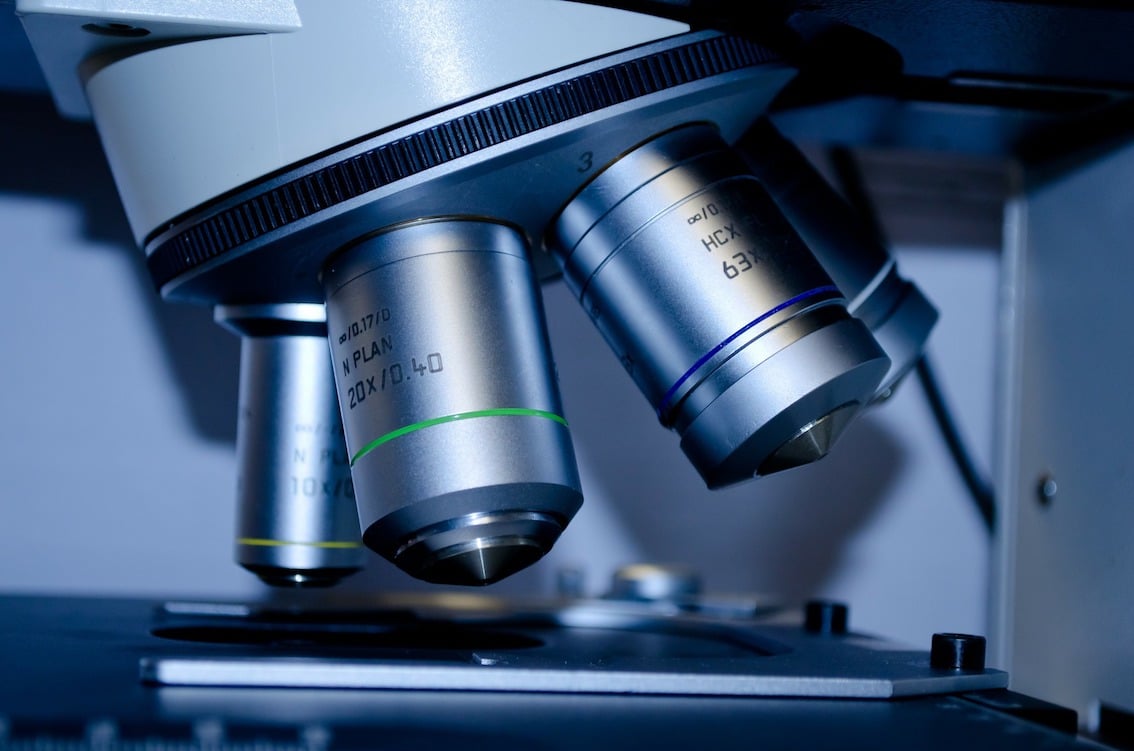
Recent research has highlighted a common type of immune cell directly triggers stem cells in the skin that are responsible for hair growth in mice. Without this trigger, the hair follicles are not able to do their job (even if they have the stem cells necessary to proceed).
What immune cell triggers hair growth?
The mechanisms of hair growth in mice are similar to those in humans, meaning that the recent research could lead to a better understanding of certain conditions such as alopecia and other types of hair loss.
The body has a verity of different immune system player’s, one subclass of immune cells called regulatory T cells, and often called Tregs are the immune cells related to hair growth. Most of our regulatory T cells are found in our lymph nodes, where they help to control inflammation throughout the body. However, they can also be found in other body parts, such as muscle or lung tissue.
How does it work?
Recent studies are highlighting that these tissue-resident regulatory T cells may be performing unique roles specific to the body part they are located in. Skin-specific regulatory T cells tend to sit around hair follicles and researchers from the University of California San Francisco investigated that these immune cells were somehow involved in hair growth.
The researchers found that the immune cells did not just have an involvement, but a direct trigger meaning regulatory T cells are an important part of the hair growth process.
“Our hair follicles are constantly recycling: when a hair falls out, a portion of the hair follicle has to grow back,” senior researcher Michael Rosenblum said in a press statement.
“This has been thought to be an entirely stem cell-dependent process, but it turns out Tregs are essential.”
A series of experiments taken out on mice showed that regulatory T cells in the skin send out signals that stimulate hair follicle stem cells to regenerate and spark new hair growth. This research could lead to new treatments for hair loss causes such as alopecia areata and could also help other forms of baldness such as male pattern baldness.
If you’re currently suffering with hair loss, take a look at our hair restoration treatments and book a no obligation consultation to see how we can help you today.


